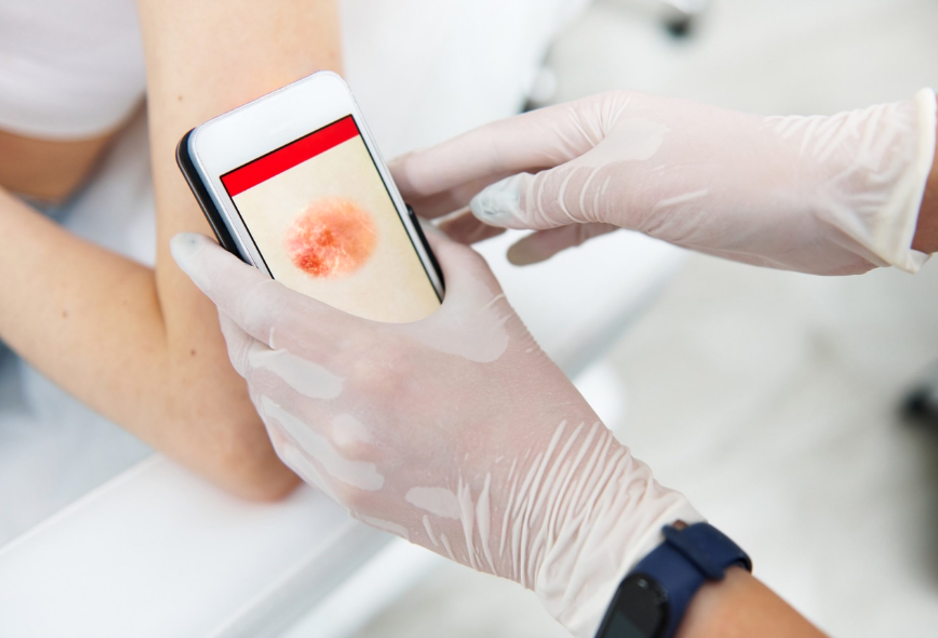Telemedicine, with its increasing integration into the medical field, presents itself as a transformative tool, shaping healthcare delivery and its accessibility. I had the opportunity recently to sit down with Dr. Joseph Kvedar, an experienced dermatologist to discuss the challenges and future dimensions of telemedicine within dermatology. We discussed remote dermatology could help to improve healthcare delivery. Dr. Kvedar really emphasized that telemedicine is not merely a complementary tool but could become an indispensable aspect of dermatological practices, considering the emergence of online skincare solution providers like DermOnDemand, Roman, and Hims.
Dr. Kvedar illuminated a future where technological adoptions are pivotal to navigating through the healthcare domain effectively, especially in enhancing remote diagnostics and patient consultations in dermatology. He highlights the necessity of developing tools and software that assist patients in capturing high-quality diagnostic images, pointing out parallels with mobile banking check deposit apps that guide users to capture viable images of checks for online deposits. The prospect of home lab testing, particularly for patients on biologics for psoriasis or those requiring routine lipid and liver functions, such as Accutane patients, was discussed as a crucial point for enhancing the tele-dermatology experience both for patients and providers.
While the discussion on integrating artificial or augmented intelligence (AI) into dermatology brought forth an exhilarating potential for predictive analyses and decision support, Dr. Kvedar was mindful to underscore that immediate applications might not catapult directly into critical diagnostics, like melanoma identification, given the intrinsic sensitivities and implications. AI, in its predictive capacities, has been posited as a future tool to enhance diagnostic procedures and patient management in dermatology, albeit with a cautious approach that appreciates the gravity of critical diagnosis. The discourse touched on the pertinent issues with the “ipledge” program concerning Accutane, illuminating its bureaucratic nature and the challenges and misuses of such systems, which necessitate rigorous verification processes to ensure the integrity and accuracy of patient reporting.
The discussion also veered into the somewhat futuristic, yet plausible, realm of the metaverse, where virtual reality could potentially weave into the therapeutic approaches within dermatology. Dr. Kvedar brings forth the intriguing possibility of utilizing the metaverse not only as a medium for patient interaction and consultation but also as a therapeutic tool, with capabilities to manage pain, address anxiety, and perhaps offer a supportive environment to navigate through the social stigmas associated with various skin conditions. In this rich tapestry of discussion, a future where technology and dermatology interlace to redefine patient care and management is vividly painted, anchoring the essence of practice in ethical and mindful approaches while gently navigating through the vast sea of digital possibilities. Thus, as we gaze towards the future of dermatology, it seems inevitably intertwined with a digital evolution, where care, consultation, and management might traverse the conventional boundaries, opening new horizons in patient-centric, accessible, and efficient healthcare delivery.





